Tetrabutylammonium bromide
Synonym(s):TBAB;Tetra-n-butylammonium bromide
- CAS NO.:1643-19-2
- Empirical Formula: C16H36BrN
- Molecular Weight: 322.37
- MDL number: MFCD00011633
- EINECS: 216-699-2
- SAFETY DATA SHEET (SDS)
- Update Date: 2025-12-17 09:49:38
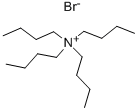
What is Tetrabutylammonium bromide?
Chemical properties
white crystals or powder
The Uses of Tetrabutylammonium bromide
Tetrabutylammonium Bromide is used in the synthesis of polymer solar cells. Also used in the synthesis of single component green-light emitting electrochemical cells.
Definition
ChEBI: Tetrabutylammonium bromide is a tetrabutylammonium salt with bromide as the anionic counterpart. It is an organic bromide salt and a tetrabutylammonium salt.
Benefits
Tetrabutylammonium bromide is an environmentally benign, non-volatile, non-flammable, non-corrosive, low-cost, commercially available ammonium salt with high thermal and chemical stability. In TBAB, tetrabutylammonium salt can dissolve in both aqueous as well as in organic solvents, which helps to transport the water-soluble anionic reactants into the organic phase. Moreover, molten TBAB was also employed as an efficient ionic liquid to carry out organic transformations under solvent-free conditions[1].
General Description
Tetrabutylammonium bromide, a quaternary ammonium compound widely used as a phase transfer catalyst. TBAB decreases the retention time and removes peak tailing by acting as an ion pair reagent during the chromatographic analysis of quaternary ammonium compounds. In the molten state, TBAB behaves like an ionic liquid, which is a promising green alternative to organic solvents in polymer synthesis.
Flammability and Explosibility
Not classified
Properties
Tetrabutylammonium bromide is a commonly used phase transfer catalyst. As its melting point is just over 100 °C and decreases in the presence of other reagents, it can be considered an ionic liquid.
Preparation
Tetrabutylammonium bromide can be prepared by the alkylation of tributylamine with 1-bromobutane.
Purification Methods
Crystallise the salt from *benzene (5mL/g) at 80o by adding hot n-hexane (three volumes) and allowing to cool. Dry it over P2O5 or Mg(ClO4)2, under vacuum. The salt is very hygroscopic. It can also be crystallised from ethyl acetate or dry acetone by adding diethyl ether and dried in vacuo at 60o for 2 days. It has been crystallised from acetone by addition of diethyl ether. It is so hygroscopic that all manipulations should be carried out in a dry-box. It has been purified by precipitation from a saturated solution in dry CCl4 on addition of cyclohexane or by recrystallisation from ethyl acetate, then heating in vacuum to 75o in the presence of P2O5. [Symons et al. J Chem Soc, Faraday Trans 1 76 2251 1908.] It also recrystallises from CH2Cl2/diethyl ether and is dried in a vacuum desiccator over P2O5. [Blau & Espenson J Am Chem Soc 108 1962 1986, Beilstein 4 IV 657.]
References
[1] Banik B, et al. Tetrabutylammonium Bromide (TBAB) Catalyzed Synthesis of Bioactive Heterocycles. Molecules, 2020; 25: 5918.
Properties of Tetrabutylammonium bromide
| Melting point: | 102-106 °C(lit.) |
| Boiling point: | 102 °C |
| Density | 1.039 g/mL at 25 °C |
| vapor pressure | 0Pa at 25℃ |
| refractive index | n20/D 1.422 |
| Flash point: | 100℃ |
| storage temp. | Store below +30°C. |
| solubility | H2O: 0.1 g/mL, clear, colorless |
| form | Crystalline Powder |
| pka | 0[at 20 ℃] |
| Specific Gravity | 1.007 |
| color | White to slightly cream |
| Odor | Amine like |
| PH | 3.5 to 7.0 (50 g/L, 25 ℃) |
| Water Solubility | 600 g/L (20 ºC) |
| Sensitive | Hygroscopic |
| λmax | λ: 240 nm Amax: 0.04 λ: 250 nm Amax: 0.03 λ: 260 nm Amax: 0.02 λ: 500 nm Amax: 0.02 |
| BRN | 3570983 |
| Stability: | Stable. Incompatible with strong oxidizing agents. Protect from moisture. |
| CAS DataBase Reference | 1643-19-2(CAS DataBase Reference) |
| NIST Chemistry Reference | Tetra-N-butylammonium bromide(1643-19-2) |
| EPA Substance Registry System | Tetrabutylammonium bromide (1643-19-2) |
Safety information for Tetrabutylammonium bromide
| Signal word | Warning |
| Pictogram(s) |
 Exclamation Mark Irritant GHS07 |
| GHS Hazard Statements |
H302:Acute toxicity,oral H315:Skin corrosion/irritation H319:Serious eye damage/eye irritation H412:Hazardous to the aquatic environment, long-term hazard |
| Precautionary Statement Codes |
P264:Wash hands thoroughly after handling. P264:Wash skin thouroughly after handling. P270:Do not eat, drink or smoke when using this product. P273:Avoid release to the environment. P301+P312:IF SWALLOWED: call a POISON CENTER or doctor/physician IF you feel unwell. P302+P352:IF ON SKIN: wash with plenty of soap and water. P305+P351+P338:IF IN EYES: Rinse cautiously with water for several minutes. Remove contact lenses, if present and easy to do. Continuerinsing. |
Computed Descriptors for Tetrabutylammonium bromide
| InChIKey | JRMUNVKIHCOMHV-UHFFFAOYSA-M |
Tetrabutylammonium bromide manufacturer
Remedy Labs
Aadra International
Sheetal Chemicals
Yogi Enterprise
ASM Organics
New Products
4,4-Difluoropiperidine hydrochloride tert-butyl 9-methoxy-3-azaspiro[5.5]undecane-3-carboxylate Indole Methyl Resin N-Isopropylurea N,N-Dicyclohexylcarbodiimide(DCC) MELDRUMS ACID 5-METHYLISOXAZOLE-4-CARBOXYLIC ACID Magnessium Bis glycinate Zinc ascorbate 1-bromo-2-butyne 2-acetamidophenol 9(10H)-anthracenone Erythrosin B, 4-Piperidinopiperidine 2-((4-morpholinophenylamino) (methylthio) methylene) malononitrile 2,4-dihydroxybenzaldehyde 3-(4-morpholinophenylamino)-5-amino-1H-pyrazole-4-carbonitrile Methyl 2-methylquinoline-6-carboxylate 2,6-dichloro-4-nitropyridine 4-Bromo-2-chlorobenzonitrile 2-(benzylamino)acetic acid hydrochloride 4-(tert-Butoxycarbonylamino)but- 2-ynoic acid 3,4-dihydro-2H-benzo[b][1,4]dioxepine 1-Phenyl-1-cycloprppanecarboxylicacidRelated products of tetrahydrofuran

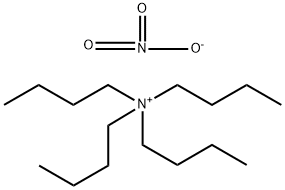
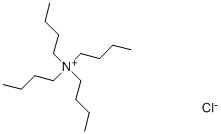

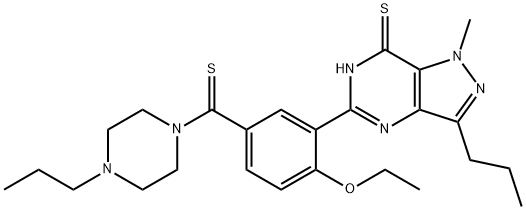
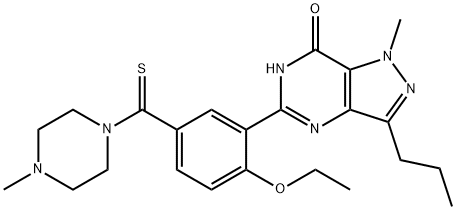


You may like
-
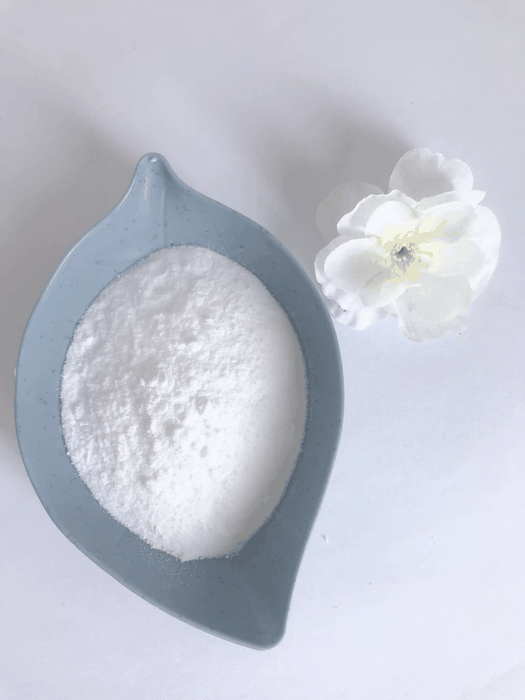 1643 -19 -2 Tetra Butyl Ammonium Bromide 98%View Details
1643 -19 -2 Tetra Butyl Ammonium Bromide 98%View Details
1643 -19 -2 -
 Tetrabutylammonium bromide 98%View Details
Tetrabutylammonium bromide 98%View Details -
 Tetrabutylammonium bromide 99%View Details
Tetrabutylammonium bromide 99%View Details -
 Tetrabutyl Ammonium Bromide 99%View Details
Tetrabutyl Ammonium Bromide 99%View Details -
 Tetra Butyl Ammonium Bromide (SQ) CAS 1643-19-2View Details
Tetra Butyl Ammonium Bromide (SQ) CAS 1643-19-2View Details
1643-19-2 -
 Reagent Grade Tetrabutyl Ammonium Bromide, Packaging Type: 25kgView Details
Reagent Grade Tetrabutyl Ammonium Bromide, Packaging Type: 25kgView Details
1643-19-2 -
 Tetrabutylammonium Bromide PowderView Details
Tetrabutylammonium Bromide PowderView Details
1643-19-2 -
 White Tetra Butyl Ammonium Bromide Powder, Purity: 99% To 101%, Packaging Type: DrumView Details
White Tetra Butyl Ammonium Bromide Powder, Purity: 99% To 101%, Packaging Type: DrumView Details
1643-19-2
